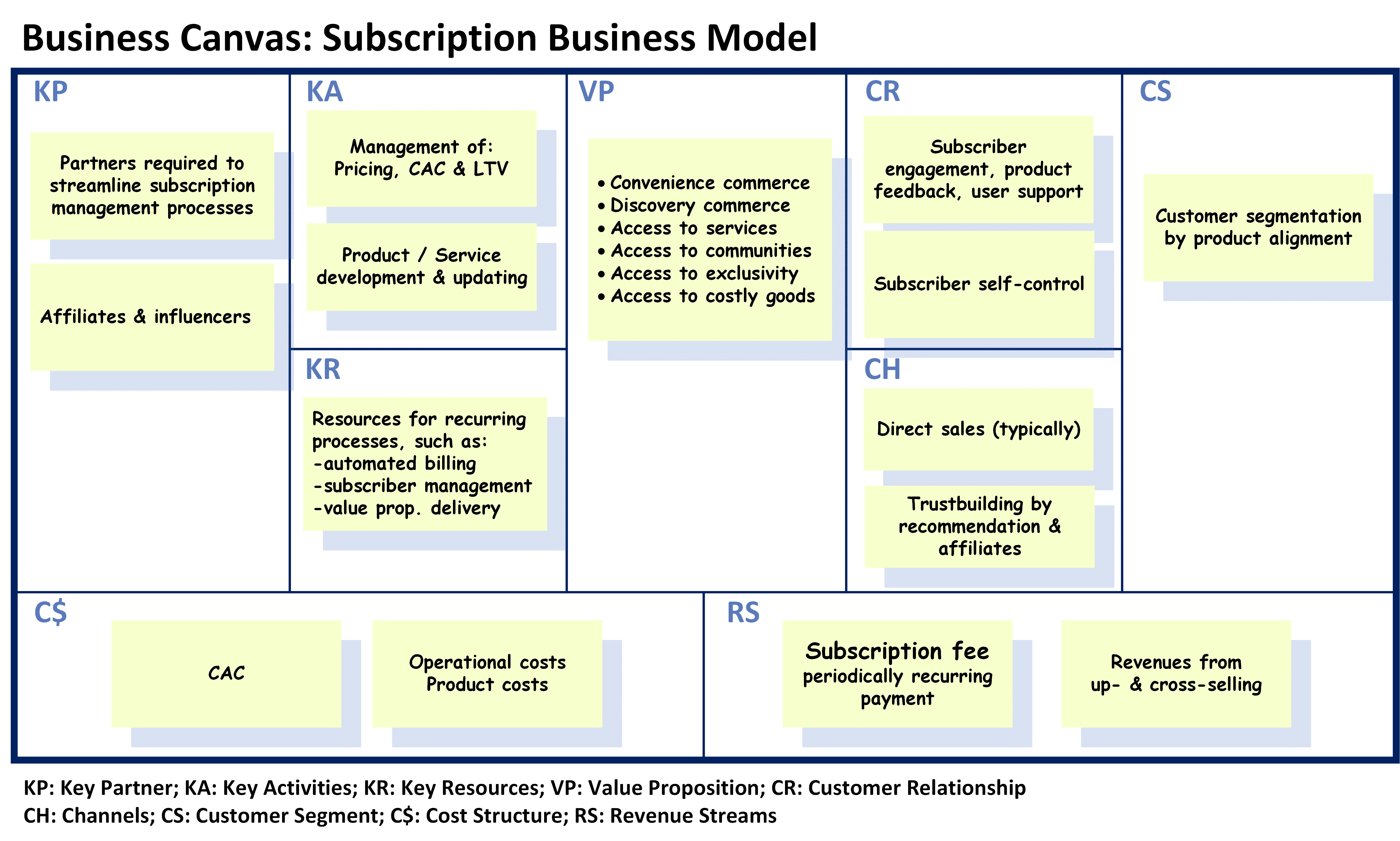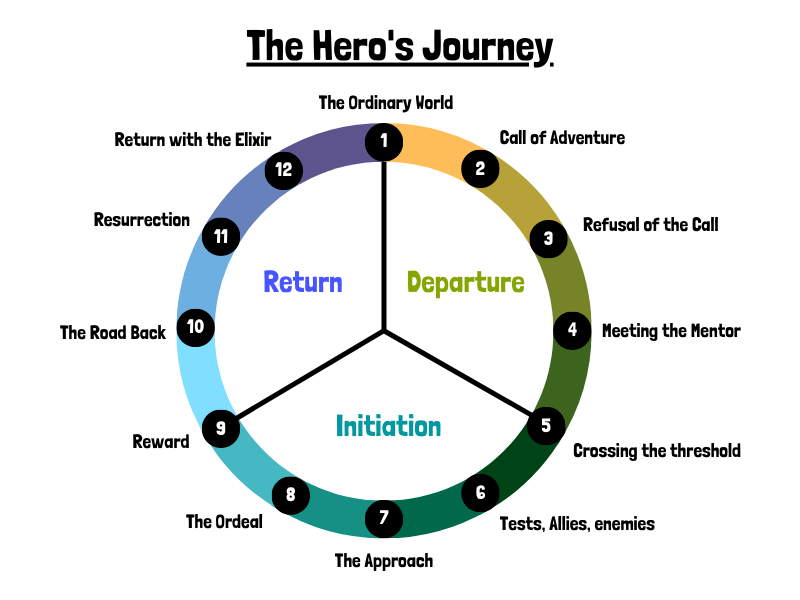Uber's Subscription Model: Lower Commissions For Drivers?

Table of Contents
Understanding Uber's Subscription Options for Drivers
Uber currently offers several subscription options for drivers, though the specifics and availability can vary by region. Understanding these options is crucial to assessing their impact on driver earnings. While a specific "Uber One for Drivers" program isn't publicly available as of October 26, 2023, Uber frequently introduces and modifies its programs. Therefore, it's crucial to check the Uber Driver app for the most up-to-date information in your area. We'll use hypothetical examples to illustrate the general principles.
Bullet Points:
- Hypothetical Subscription Tiers: Let's imagine Uber offers two tiers: "Uber Drive Basic" (low cost, fewer benefits) and "Uber Drive Pro" (higher cost, more comprehensive benefits).
- Features: "Uber Drive Basic" might include a small discount on airport fees. "Uber Drive Pro" could offer priority dispatch, reduced per-ride commissions on a percentage basis, and access to exclusive support channels.
- Geographical Limitations: Availability often depends on local market conditions and demand. Some programs might only be offered in major metropolitan areas.
- Terms and Conditions: Cancellation policies, renewal terms, and other conditions will likely vary between tiers. Always read the fine print carefully before subscribing.
The Impact of Subscriptions on Driver Commissions
The core question is: do Uber's subscriptions actually lower the commission percentage drivers pay? The answer is nuanced. While some subscriptions might offer discounts on certain fees (like airport fees), the impact on the overall commission percentage is less clear. The subscription fee itself represents a fixed cost, while the commission is a percentage of earnings.
Bullet Points:
- Cost-Benefit Analysis: A driver with a high trip volume might find the "Uber Drive Pro" subscription beneficial if the reduced commission percentage and priority dispatch lead to significantly more rides. However, a driver with low trip volume might find the fixed subscription cost outweighs any savings on commissions.
- Hypothetical Scenario: Imagine a driver earning $1000 a week. With a 25% commission, they pay $250. If a subscription costs $50/week and reduces commission to 20%, they pay $200 in commission and $50 in subscription, for a total of $250. There is no net savings. However, if the subscription increases their earnings (through priority dispatch) to $1200, even with the subscription fee, the net savings could be significant.
- Fee Shifting: Subscriptions may not directly reduce commissions but might shift fees from a percentage-based model to a fixed cost model.
- Data Limitations: Currently, publicly available data directly linking Uber driver subscriptions to measurable impacts on their earnings is limited.
The Fine Print: Hidden Costs and Potential Drawbacks
While Uber's subscription models promise benefits, it’s essential to understand potential drawbacks.
Bullet Points:
- Achievability of Promised Benefits: Priority dispatch, for instance, might not guarantee more rides, especially during peak demand. The actual effectiveness of these benefits depends on many factors beyond the subscription itself.
- Lock-in Contracts and Cancellation: Some subscriptions might have lock-in periods or complicated cancellation processes, potentially trapping drivers in unfavorable agreements.
- Driver Profile Considerations: A driver who mostly works in a single area without significant airport trips might not benefit much from a subscription with discounted airport fees.
Alternatives and Comparisons to Other Ride-Sharing Platforms
Uber isn't the only ride-sharing platform. Lyft and other services may offer alternative subscription or incentive programs.
Bullet Points:
- Comparative Analysis: A direct comparison requires researching the exact details of Lyft's and other competitors’ programs. Features, costs, and benefits will likely vary significantly.
- Competitive Landscape: The availability and attractiveness of these alternative programs directly influence the choices available to drivers.
- Summary Table: (This would ideally be a table comparing Uber's hypothetical subscriptions with those of Lyft, noting features, costs, and commission structures. Due to the dynamic nature of these programs, this table can't be accurately created here without real-time data from each platform.)
Conclusion
Uber's subscription models for drivers present a complex picture. While they may offer discounts on certain fees or features like priority dispatch, it's not guaranteed they will directly translate to lower commission percentages on all rides. Whether a subscription benefits a driver depends heavily on their individual driving patterns, location, and trip volume. The cost of the subscription itself must be carefully weighed against any potential savings in commissions or increased earnings due to additional features. Before signing up for Uber's subscription model, carefully analyze your individual driving patterns and financial circumstances to determine if it truly offers lower commissions for your driving needs. Always read the terms and conditions thoroughly.

Featured Posts
-
 Counting Crows Snl Appearance A Turning Point
May 08, 2025
Counting Crows Snl Appearance A Turning Point
May 08, 2025 -
 Uber Auto Service A Cash Only Transition
May 08, 2025
Uber Auto Service A Cash Only Transition
May 08, 2025 -
 Unveiling The Past A Rogue One Heros Journey In The New Star Wars Series
May 08, 2025
Unveiling The Past A Rogue One Heros Journey In The New Star Wars Series
May 08, 2025 -
 Prepare For Partly Cloudy Conditions A Weather Guide
May 08, 2025
Prepare For Partly Cloudy Conditions A Weather Guide
May 08, 2025 -
 Strengthening Crime Control Effective Directives For Rapid Response
May 08, 2025
Strengthening Crime Control Effective Directives For Rapid Response
May 08, 2025
Latest Posts
-
 Young Thugs Uy Scuti When Can We Expect The New Album
May 09, 2025
Young Thugs Uy Scuti When Can We Expect The New Album
May 09, 2025 -
 Council Approves Rezoning Edmonton Nordic Spa Development Progresses
May 09, 2025
Council Approves Rezoning Edmonton Nordic Spa Development Progresses
May 09, 2025 -
 Uy Scuti Album Young Thug Offers Release Date Clues
May 09, 2025
Uy Scuti Album Young Thug Offers Release Date Clues
May 09, 2025 -
 Post Tour Boost Beyonces Cowboy Carter Streams Explode
May 09, 2025
Post Tour Boost Beyonces Cowboy Carter Streams Explode
May 09, 2025 -
 Young Thugs Uy Scuti Album Speculation And Anticipated Release
May 09, 2025
Young Thugs Uy Scuti Album Speculation And Anticipated Release
May 09, 2025
